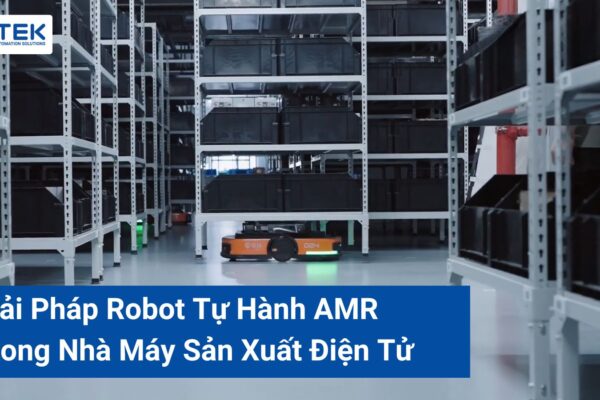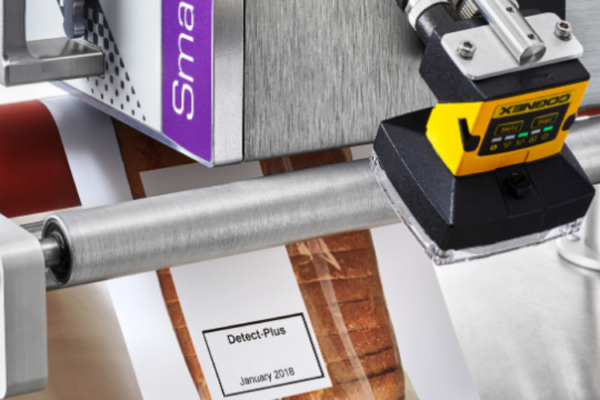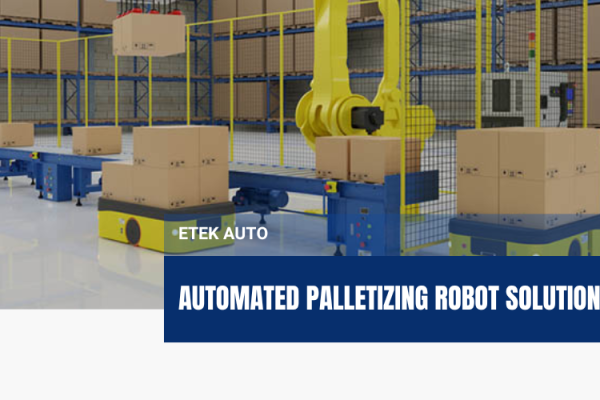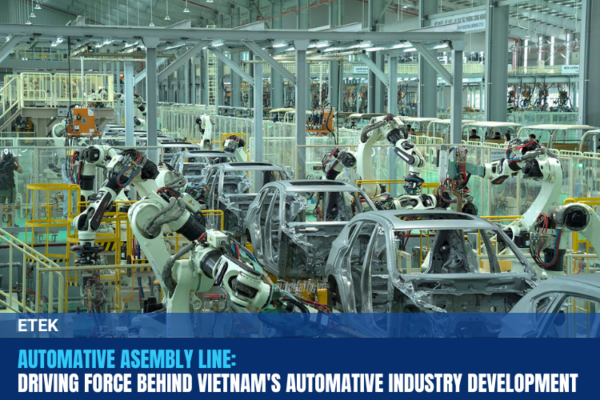Since ancient times, people have known how to bond materials, seal, or protect surfaces by manually applying, spreading, or spraying adhesive using simple tools. This traditional method is commonly used in manual production, daily life, or tasks requiring flexibility that machines cannot handle. However, this approach heavily depends on the worker’s skill and carries inherent risks.
Therefore, with the continuous development of science and technology, a solution has been found to apply automation in glue application processes. Gluing automation is the process of using machinery and automated technology to perform glue application tasks that were previously done manually. This enhances productivity, precision, and efficiency in production while minimizing human errors.
Thanks to advancements in science and technology, modern automated systems are increasingly optimized in design while maintaining high efficiency. Typically, an automatic adhesive application system includes the following main components:

Implementing adhesive automation addresses the shortcomings of manual adhesive application while offering several outstanding advantages:
Automated adhesive systems are widely used across various industries, including:

In the era of Industry 4.0, the electronics manufacturing sector is facing increasing pressure in terms of speed, precision, and operational efficiency. To meet these demands, Autonomous Mobile Robots (AMRs)…

A thermal transfer printer ( also known as a TTO - Thermal Transfer Overprinting machine) is a device that uses thermal transfer technology to print on packaging surfaces or other…

Palletizing is the process of loading products onto pallets on demand. In the final stage of the packaging line, the robot performs the task of bagging, the robot loads the…

In recent years, Vietnam's automotive industry has witnessed remarkable progress, largely due to the adoption of modern technologies in automotive assembly systems. This advancement has not only improved product quality…